Blog
Electric Vehicle Maintenance : 10 Expert Tips and Tricks
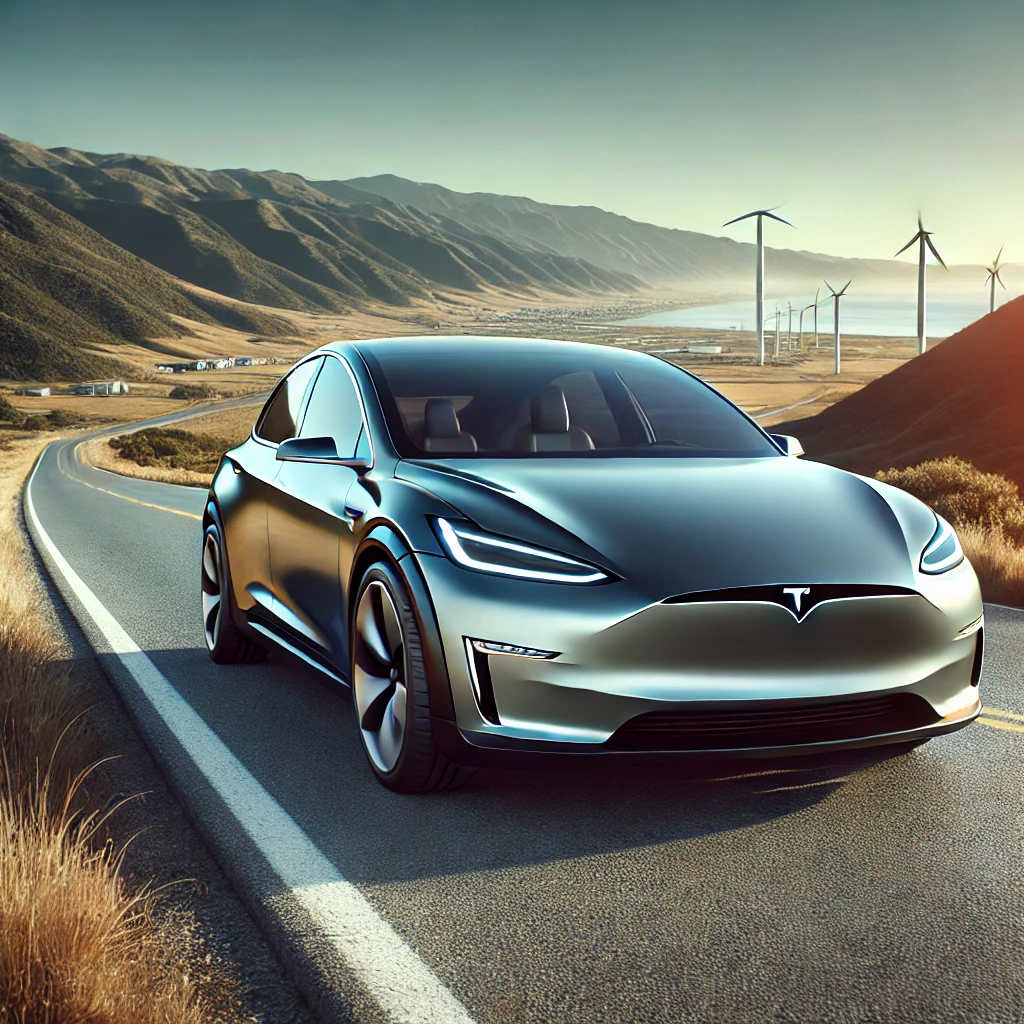
Maintaining an electric vehicle (EV) is crucial for ensuring its longevity and performance. Proper maintenance not only enhances the driving experience but also extends the lifespan of critical components such as the battery. In this comprehensive guide, we will delve into expert tips and tricks for electric vehicle maintenance. Whether you are a seasoned EV owner or new to the world of electric cars, these insights will help you keep your vehicle in top shape.
Understanding Electric Vehicle Maintenance
Electric vehicle maintenance is different from that of traditional gasoline vehicles. While EVs have fewer moving parts and generally require less frequent servicing, they still need regular attention to perform optimally. Key areas of focus include the battery, tire care, brake system, and software updates. Understanding these components and their maintenance needs is the first step towards effective EV care.
Battery Maintenance
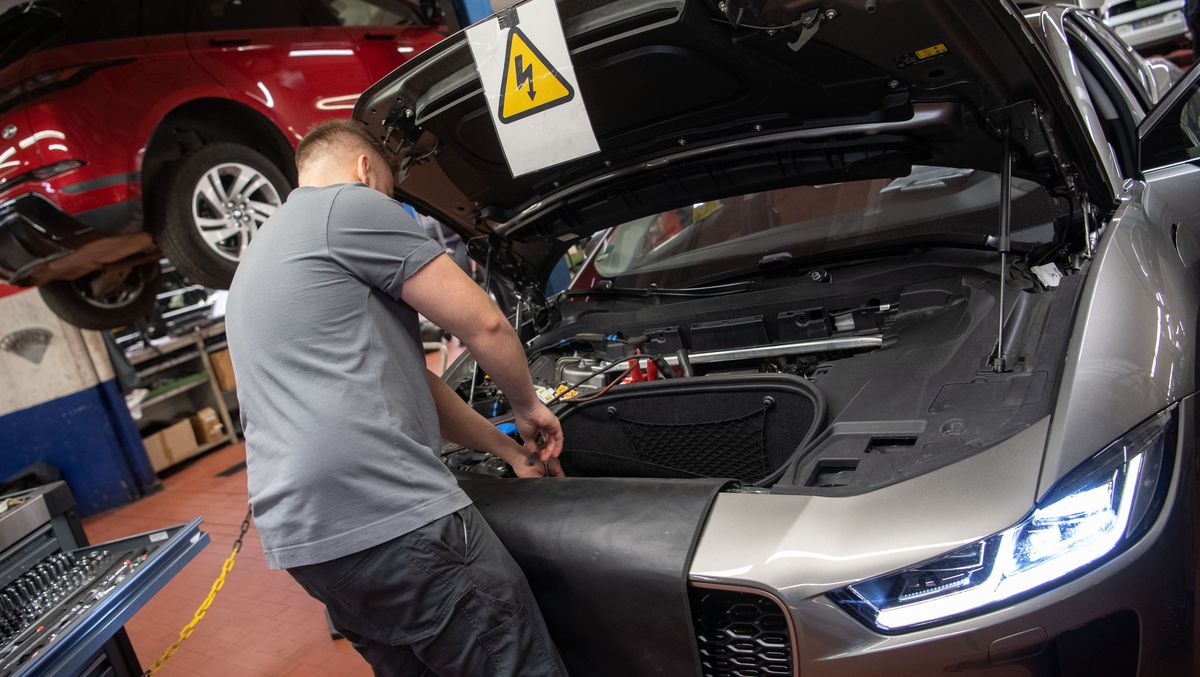
image from- caranddriver
The battery is the heart of your electric vehicle, and proper maintenance is essential to ensure its longevity and efficiency. Here are some expert tips for EV battery maintenance:
- Optimal Charging Practices: Avoid charging your EV to 100% or letting it drop to 0%. Aim to keep the battery charge between 20% and 80% to prolong its lifespan.
- Regular Use: Batteries perform best when used regularly. Try to drive your EV frequently to maintain battery health.
- Temperature Management: Extreme temperatures can affect battery performance. In cold weather, precondition your EV while it’s still plugged in, and in hot weather, park in shaded areas to avoid overheating.
- Avoid Fast Charging: Frequent use of fast chargers can degrade the battery over time. Use them sparingly and opt for slower, overnight charging whenever possible.
Regular Servicing
Regular servicing is a cornerstone of electric vehicle maintenance. Here’s what you need to keep in mind:
- Scheduled Check-Ups: Follow the manufacturer’s recommended maintenance schedule. Regular check-ups help identify and address potential issues before they become major problems.
- Software Updates: Keep your vehicle’s software up to date. Manufacturers often release updates that improve performance, fix bugs, and add new features.
- Professional Inspections: Have your EV inspected by a certified technician who specializes in electric vehicles. They can provide expert insights and ensure all components are functioning properly.
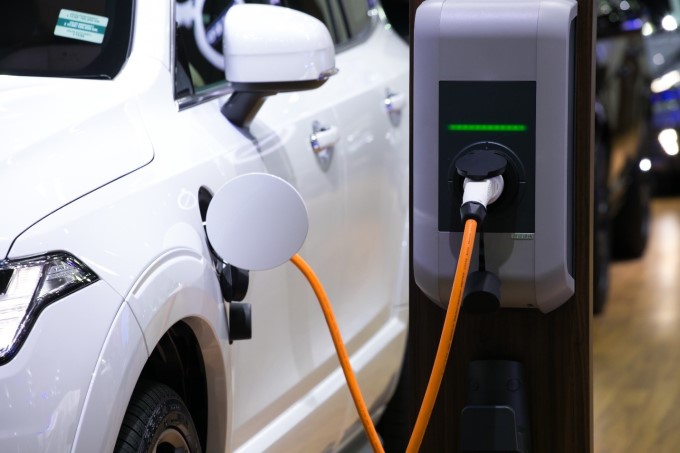
Image from- evfy
Tire Maintenance
Tires are a critical component of any vehicle, and maintaining them is essential for safety and efficiency. Here are some tips for electric car tire care:
- Regular Pressure Checks: Ensure your tires are always at the recommended pressure level. Properly inflated tires improve efficiency and extend tire life.
- Wheel Alignment: Regularly check and adjust the wheel alignment. Misaligned wheels can lead to uneven tire wear and reduced efficiency.
- Rotation: Rotate your tires every 10,000 to 13,000 kilometres to ensure even wear. This helps in extending the life of the tires and maintaining optimal performance.
Brake System
Electric vehicles often use regenerative braking, which reduces wear on traditional brake components. However, maintaining the brake system is still essential:
- Brake Fluid: Regularly check the brake fluid levels and top up as necessary. Low brake fluid can lead to reduced braking efficiency.
- Pad and Rotor Inspection: Even with regenerative braking, brake pads and rotors can wear out. Have them inspected regularly and replaced when needed.
- Regenerative Braking Settings: Adjust the regenerative braking settings to a level that suits your driving style. This can help optimize the balance between regeneration and traditional braking.
Cooling System
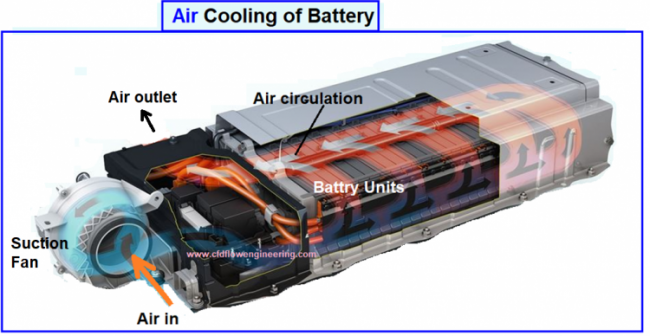
Image from- cfdflowengineering
The cooling system in your EV helps manage the temperature of the battery and other components. Proper maintenance of this system is crucial:
- Coolant Levels: Regularly check the coolant levels and top up as necessary. Low coolant levels can lead to overheating and damage.
- Leaks: Inspect the cooling system for leaks. Any signs of leakage should be addressed immediately to prevent further damage.
- Service Intervals: Follow the manufacturer’s recommended service intervals for the cooling system. This ensures that the system functions correctly and efficiently.
Software and Firmware Updates
Keeping your EV’s software up to date is vital for maintaining performance and security:
- Regular Updates: Check for and install software updates regularly. These updates can improve efficiency, add new features, and enhance security.
- Dealer Services: Sometimes, updates may need to be installed by a dealer. Schedule these updates as part of your regular maintenance routine.
- Feature Utilization: Familiarize yourself with new features added through updates. They can enhance your driving experience and improve vehicle performance.
Seasonal Maintenance Tips
Different seasons present unique challenges for EV maintenance. Here are some seasonal tips:
Winter Maintenance:
- Preconditioning: Precondition your EV while it’s still plugged in to warm up the battery and cabin. This helps improve range and comfort.
- Tire Care: Consider switching to winter tires for better traction and safety.
- Battery Management: Cold weather can reduce battery efficiency. Plan your trips and charging sessions to account for this.
Summer Maintenance:
- Shade Parking: Park in shaded areas to protect the battery from excessive heat.
- Cooling System Check: Ensure the cooling system is functioning properly to prevent overheating.
- Charging Practices: Avoid charging the battery to full capacity in hot weather to prevent overheating.
DIY Maintenance Tips
While professional servicing is important, there are several DIY maintenance tasks you can perform to keep your EV in good condition:
- Regular Cleaning: Keep your EV clean, both inside and out. This helps prevent dirt and grime buildup that can affect performance.
- Software Checks: Regularly check for software updates and install them as needed.
- Fluid Levels: Regularly check and top up fluid levels, including brake fluid and coolant.
Blog by- Prashant Sharma
Blog
Kia Carens Clavis EV: Kia’s New Electric MPV Set to Launch on July 15
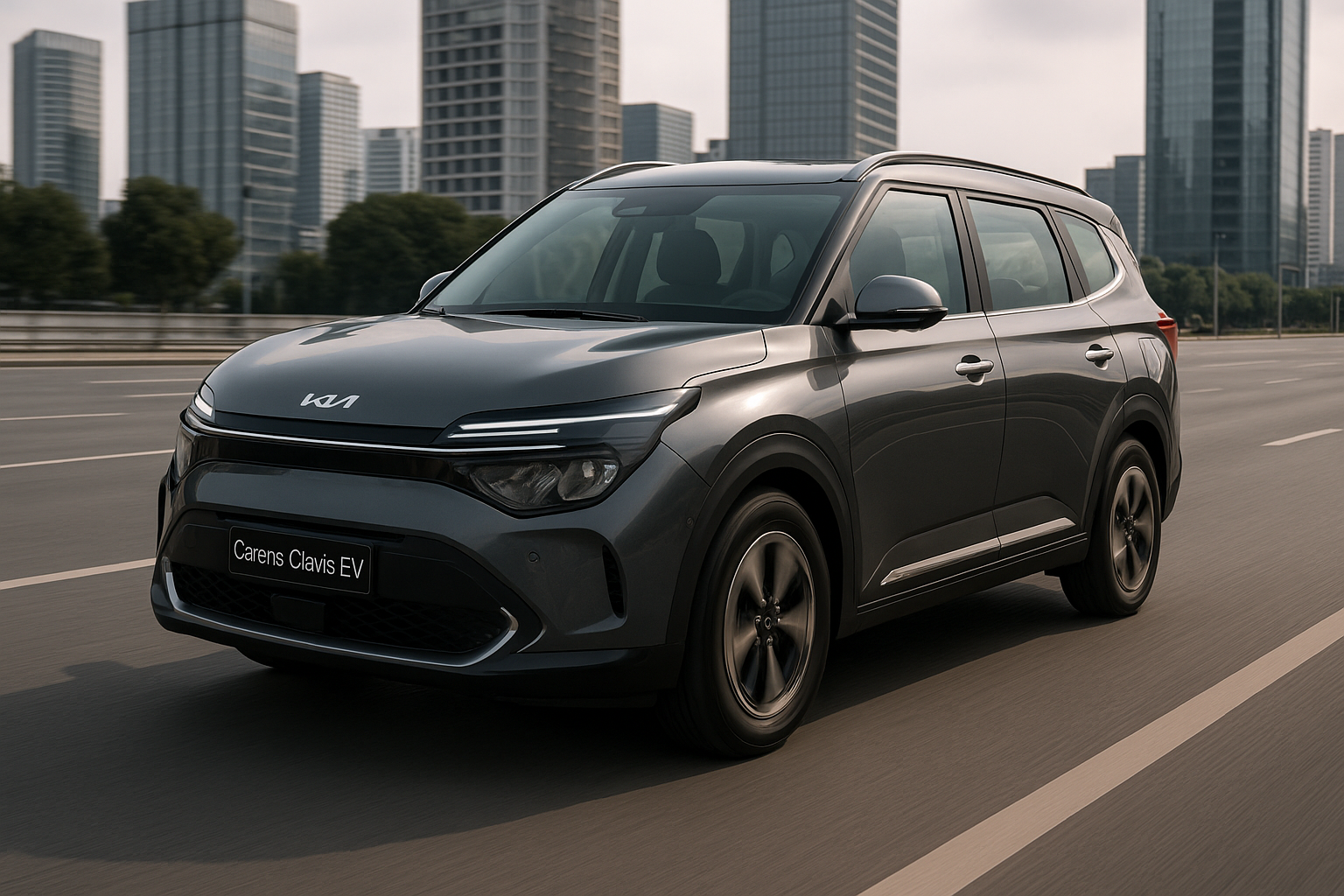
Kia’s New Electric Ride: The Carens Clavis EV
So, here’s the scoop: Kia is about to launch something pretty exciting — the Carens Clavis EV, which is an electric version of their popular Carens MPV. And trust me, it’s one to keep an eye on.
Kia’s making a bold move into the electric vehicle (EV) market with this one. With seven seats, a 500 km range on a single charge, and some pretty impressive tech, this car is aiming to make a mark. It’s expected to launch around July 15, 2025, so we don’t have long to wait!
Why the Carens Clavis EV Is a Game-Changer for Families
The thing about this car is that it’s designed for families. If you’ve ever felt like electric cars are just for single people or city commuters, Kia is here to prove that’s not true. With the Carens Clavis EV, you get the perfect mix of space and eco-friendly driving.
The big selling point? The 500 km range. This is going to be a huge deal for families who want to go on road trips without constantly worrying about finding a charging station. That range is perfect for weekend getaways or long drives with the family, especially when you’re going to be on the road for a while.
What Makes the Carens Clavis EV Stand Out?
Kia has thought about comfort here. This is a family car, so the three rows of seats are perfect for bigger families or anyone who’s constantly shuttling kids and their friends around. Plus, with seven seats, you won’t be squished in the back.
And since it’s electric, it’s going to be a smooth, quiet drive. No more engine noise — just the quiet hum of the road, making your ride that much more peaceful.
Inside, expect high-tech features like smart infotainment systems, driver-assist technology, and all the cool gadgets that make driving easier and more fun. So whether you’re in the city or driving out for a weekend, it’s going to feel like a premium experience.
Is It Easy to Drive? You Bet!
One thing we know for sure is that the Carens Clavis EV will be easy to drive. Electric cars are known for being super smooth and responsive, and this one will be no exception. With instant torque, you get smooth acceleration, which means no lag when you hit the gas. Whether you’re in traffic or cruising down the highway, you’re going to have a blast driving it.
Plus, with the fast-charging features, you won’t be waiting around for hours to get back on the road. Kia seems to be thinking about the practical side of things, and that’s always a win when it comes to electric cars.
Who’s the Carens Clavis EV Perfect For?
If you’ve been eyeing an electric car but didn’t think you could find one that fits your family, the Carens Clavis EV might be your answer. It’s designed for families on the go who need space, comfort, and the eco-friendly perks of an electric car.
With the 500 km range and fast charging, this car isn’t just for short city trips. It’s made for long drives, too. Whether you’re going on a family road trip or just running errands around town, this car has you covered.
What’s Next for the Carens Clavis EV?
As the launch date of July 15 gets closer, there’s a lot of excitement building around this car. Kia is committed to offering a family-friendly electric vehicle, and with its range, tech, and performance, the Carens Clavis EV could be a major hit.
So if you’re looking for a spacious, family-friendly electric car, don’t forget to mark the launch date on your calendar. It might just be the perfect time to make the switch to electric.
Blog
Mercedes-Benz CLA Electric: The Luxury Electric Sedan You’ve Been Waiting For
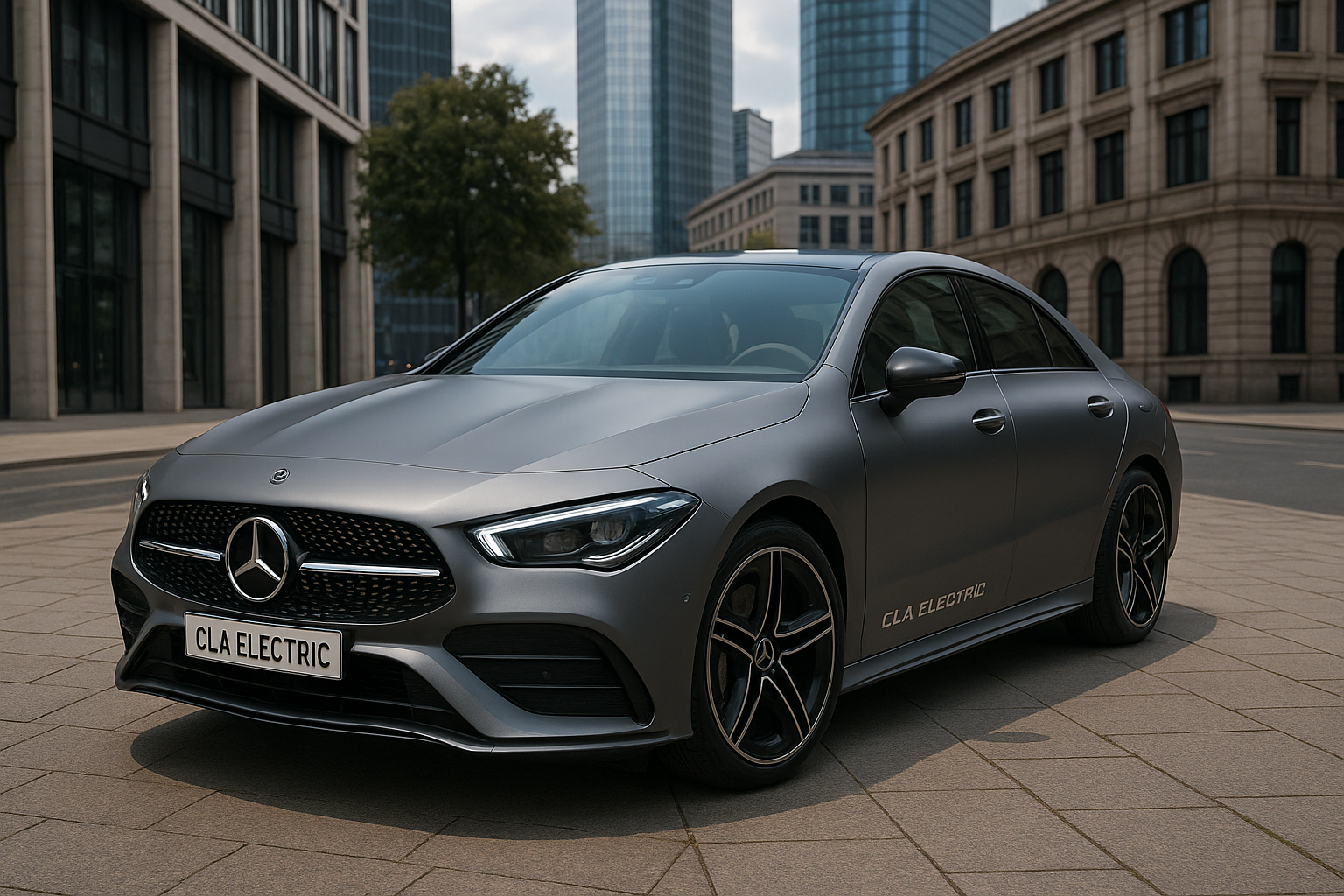
Mercedes Brings Luxury to Electric Driving
Mercedes-Benz has always been the go-to brand for luxury cars. Now, they’re bringing that same high-end experience to electric vehicles with the CLA Electric. Set to be released in July 2025, this electric sedan is going to offer the kind of style, performance, and comfort that Mercedes is known for — but with an eco-friendly twist.
If you’ve been dreaming of an electric car that doesn’t compromise on luxury, performance, or looks, the CLA Electric is going to make all of that possible.
Why the CLA Electric is a Big Deal
The CLA Electric is not just another electric sedan. It’s Mercedes—and we know that means top-of-the-line luxury with every drive. From what we’ve seen so far, this car is expected to combine sleek, futuristic design with a comfortable, high-tech interior, while still delivering the powerful performance you expect from a Mercedes.
The best part? It’s fully electric. That means you can enjoy the luxury of a Mercedes while driving a car that’s not contributing to air pollution or burning fuel. For people who want the best of both worlds — an eco-conscious car that still feels premium — the CLA Electric could be the perfect fit.
Performance You Can Count On
When you think of Mercedes, performance is never far behind. And the CLA Electric is no exception. While we don’t have all the specifics yet, it’s safe to say this car is going to be fun to drive. Expect smooth acceleration, a nice driving range, and zero emissions.
If you’re someone who loves the thrill of a smooth ride but also wants to feel good about your impact on the environment, this car delivers. Plus, with fast-charging capabilities, you won’t spend your life waiting around at charging stations. More driving, less waiting — that’s what the CLA Electric is all about.
A Luxurious Interior with All the Right Features
Mercedes is known for making interiors that feel like a luxury living room, and the CLA Electric will be no different. Inside, you can expect plush seating, top-quality materials, and an advanced infotainment system that’s easy to use and packed with features.
The digital displays and driver-assistance technologies will make sure every drive is safe, smooth, and enjoyable. Whether you’re running errands in the city or going on a road trip, you’ll feel relaxed and connected at all times.
Going Green, in Style
The CLA Electric isn’t just a luxury car; it’s a step toward a cleaner, greener future. By going electric, Mercedes is giving us a way to reduce our carbon footprint without sacrificing the driving experience. For people who want to make a positive environmental impact but don’t want to give up on luxury, this is the car to look out for.
With more and more people wanting to drive electric, the CLA Electric is Mercedes’ way of saying, “We can do both — luxury and sustainability.”
What’s Next for the CLA Electric?
We’re all looking forward to seeing the CLA Electric in action once it hits the market. It’s Mercedes’ big step into the luxury EV segment, and if the early buzz is anything to go by, it’s going to be worth the wait. The CLA Electric promises to set a new standard for what a luxury electric sedan should be.
If you’re someone who’s been waiting for a high-performance, stylish, and sustainable electric vehicle, the CLA Electric should be at the top of your list.
The CLA Electric Is Almost Here — Are You Ready?
If you’ve ever dreamed of owning a luxury electric sedan that blends high-end style, performance, and eco-friendly technology, then the Mercedes-Benz CLA Electric is exactly what you’ve been waiting for.
With its sleek design, advanced features, and eco-conscious engineering, this car is going to turn heads when it hits the streets. Keep an eye out for the official launch in 2025 — the future of driving is here, and it’s electric!
Article By
Sourabh Gupta
Blog
New EV Launches: Exciting Electric Models Coming to India

A New Chapter in India’s EV Journey
India’s electric vehicle market is about to get even more exciting. Over the next couple of years, we’ll see some big names like Maruti, Tata, and Hyundai launching new electric models. This includes the Maruti e-Vitara, Tata Harrier EV, Tata Sierra EV, and Hyundai’s affordable electric SUVs. With more options coming, it’s clear that the electric vehicle market in India is growing fast.
More competition means better deals for consumers, which is a win for everyone. It also means EVs will become more mainstream and accessible to people who might have been hesitant to make the switch before.
Maruti e-Vitara: Maruti’s First Big EV
Maruti Suzuki has been a household name in India for years. Known for their practical, affordable cars, Maruti is now making its move into the electric market with the e-Vitara. This will be their first major electric SUV, and from what we can tell, it’s going to be a solid option for city dwellers looking for a reliable EV that’s also budget-friendly.
The e-Vitara is expected to offer Maruti’s signature practicality while introducing electric features like a decent driving range and efficient charging. If you’re someone who’s looking for a no-nonsense, everyday electric car that won’t break the bank, this could be the one.
Tata Harrier EV: A Big Electric SUV with Plenty of Power
Tata Motors isn’t slowing down when it comes to EVs. After the success of the Nexon EV, they’re taking it up a notch with the Harrier EV. The Harrier EV promises to bring the same rugged SUV appeal but with the added benefits of electric power. Think of it as the perfect blend of performance, space, and eco-friendliness.
This SUV will likely have more room and a stronger battery compared to the Nexon EV, making it perfect for those who need a larger vehicle but want to stay green. It’ll likely be a bit pricier, but for the added space and luxury, it could be well worth it.
Tata Sierra EV: A Throwback with a Modern Twist
If you’re a fan of the iconic Tata Sierra, then the Sierra EV is going to get you excited. This is Tata’s way of bringing back a classic, but this time, it’s electric. The Sierra EV will likely blend the rugged, adventurous look of the old Sierra with new-age electric technology. It’s designed to offer off-road capabilities but also be practical enough for city driving.
For people who love adventure and want to stay eco-friendly, the Sierra EV could be a perfect choice. It’s going to be a great option for people looking for a mix of nostalgia and modern tech.
Hyundai’s Affordable Electric SUVs: Making EVs Accessible for Everyone
Hyundai is also bringing its A-game with affordable electric SUVs, which means more options for people who want to make the switch to electric but don’t want to spend a fortune. These upcoming models will offer great value for money without skimping on features.
Hyundai’s known for making reliable cars, and their affordable electric SUVs are expected to have everything we need, like good battery life, quick charging, and a comfortable ride. They’re going to help make EVs more accessible for the average buyer, which is great news for anyone looking to go electric without breaking the bank.
What Does This Mean for Indian Consumers?
For us, it’s simple: more choices and better deals. Whether you’re looking for a budget-friendly car like the Maruti e-Vitara, a premium SUV like the Tata Harrier EV, or an adventurous ride like the Tata Sierra EV, there’s an electric vehicle for everyone.
With all these options, it’s easier to find something that fits your needs and budget. Plus, the growing competition means companies will have to keep improving their cars, which is great for buyers like you and me.
The Road Ahead: A Greener Future for India
The EV market in India is just getting started, and with more companies like Tata, Maruti, and Hyundai joining the race, it’s going to get better. As these new cars hit the roads, more people will make the switch to electric, helping India reduce pollution and oil dependence.
With the government’s push for clean energy and all these exciting new vehicles, the future of driving in India is looking brighter and greener. If you’ve been thinking about switching to an EV, now might just be the perfect time to make that move.
Article By
Sourabh Gupta
-

 Blog6 months ago
Blog6 months agoIndia’s Electric Vehicle Market Forecast to 2028 A Rapidly Growing Industry
-

 Blog12 months ago
Blog12 months agoTop 10 Electric Vehicles of 2024: A Comprehensive Guide
-

 Blog1 year ago
Blog1 year agoImpact of Electric Vehicles on the Environment and Pollution
-

 Blog1 year ago
Blog1 year agoTop 5 best electric vehicles Under $30,000: Affordable Choices for 2024
-

 EV news6 months ago
EV news6 months ago2025 Might Be the Time of EVs in India, Drove by SUV Dispatches
-

 Blog6 months ago
Blog6 months agoMahindra BE 6 An Intense Move toward the Fate of Electric Versatility
-

 EV news9 months ago
EV news9 months agoOla Electric Offers Massive Festive Discounts on Scooters Starting at ₹50,000
-
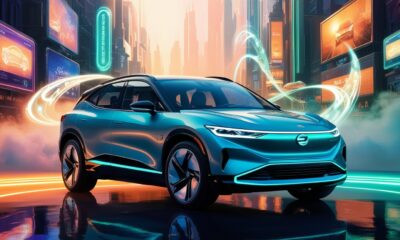
 Blog1 year ago
Blog1 year agoEV Charging Technology: Leading the Electric Vehicle Innovations in 2024




